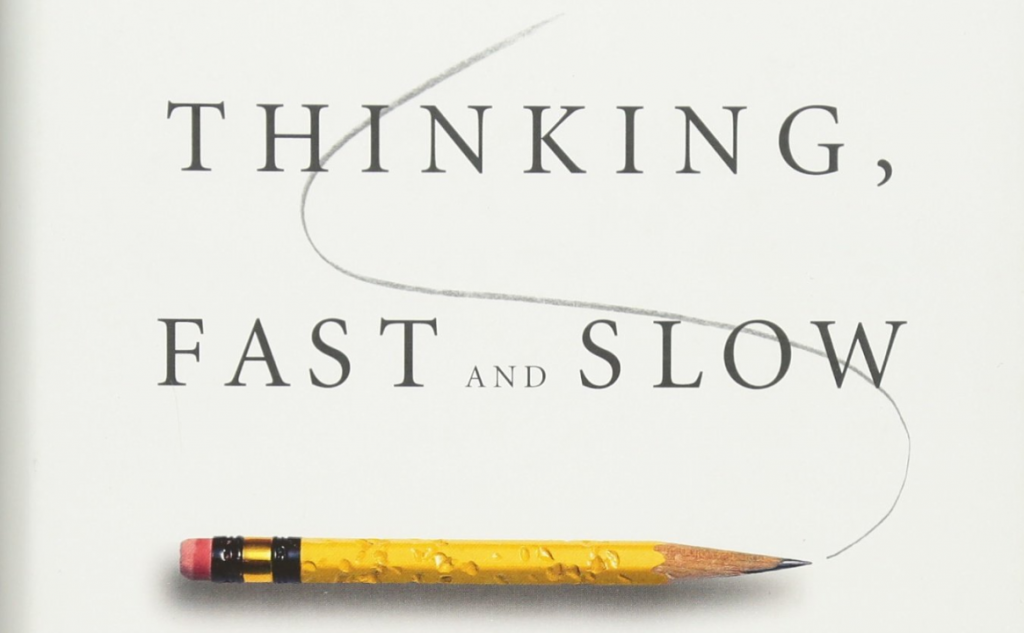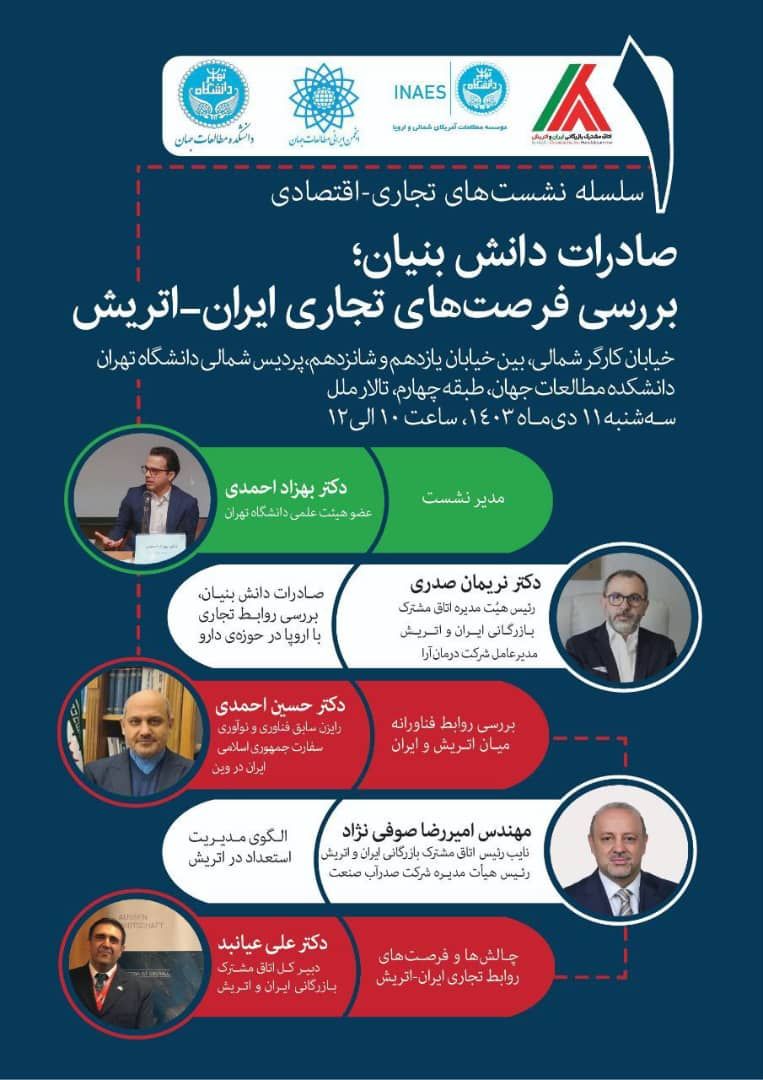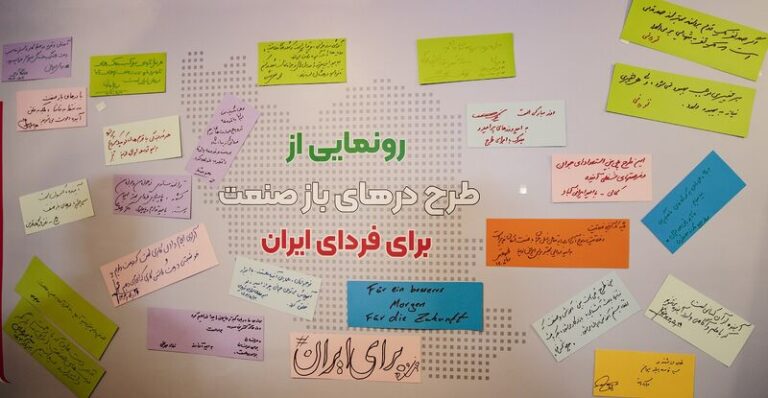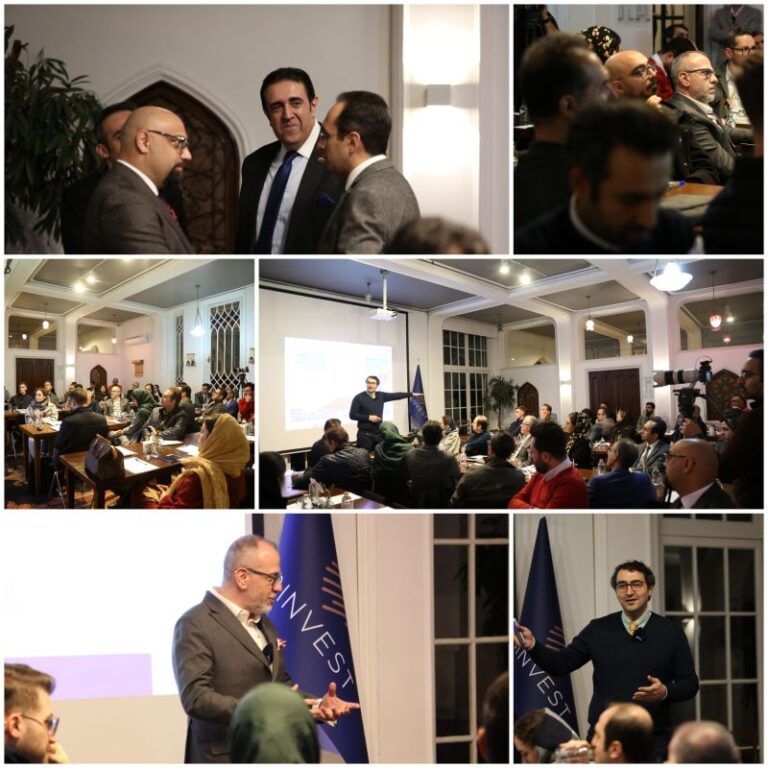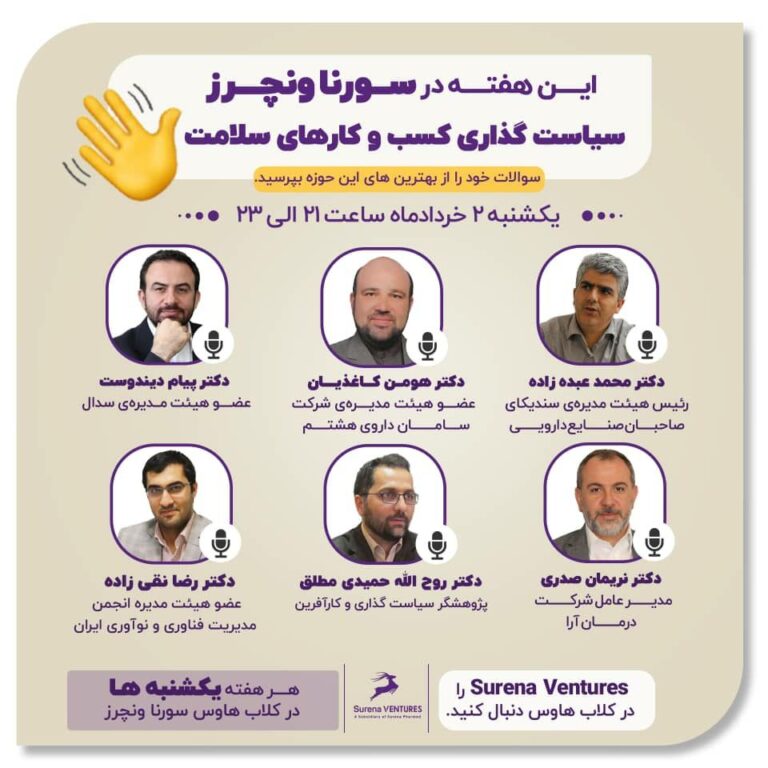I’ve been having hectic weeks. While the company I manage is facing daily crises due to currency fluctuations and endless bureaucratic challenges, we are also finalizing a major business contract and setting up a new factory that could mark a new chapter for our team’s activities. At the same time, I have responsibilities in several other companies that take up a lot of my time. If you add to this the design of an academic course for students and the launch of two startups, in which I’m both an investor and a mentor, you can imagine why, in the middle of the week, one afternoon, my mind completely froze. I couldn’t make a deep analysis of a complex issue that I was trying to find a solution for. I went to the large window in my office and stared at the moving cars on the highway outside, which was the dynamic view before me. For days, I had been thinking and acting mechanically. My work decisions were quick, made without considering their long term consequences, as I tried to make the fastest decisions possible so that I could have time to make dozens of other decisions during the day. I remembered the book by Daniel Kahneman, Thinking, Fast and Slow, which I had read a few years ago. The book is a summary of his research about the duality between two thinking systems: System 1, which is fast, intuitive, and emotional, and System 2, which is slower, more deliberate, and logical.
The book discusses how by changing the framework of questions and replacing them with simpler ones, we tend to overestimate our intuition and insights in life and business decisions, leading to incorrect decisions. It also explores how recognizing cognitive biases can help us avoid errors.
I decided to reread the book and share my lived experiences, cognitive errors, and decision making lessons with you. I hope it will be useful for you too.
In the book, the two thinking systems are distinguished by the numbers 1 and 2, making it easier to remember them for practice. Personally, I changed the term “system” to my own name in my exercises, and it might be an interesting suggestion for you as well. In this week’s experience, with a buildup of decisions that needed to be made quickly, I effectively disabled my “Nariman 2” system and relied on basic perceptions and past cognitive experiences, thinking only with my “Nariman 1” system. The problem with this approach is that for complex calculations and deep experiences in designing business solutions, “Nariman 2” is more efficient. I need to find a way to combine the output of “Nariman 1” with the analysis of “Nariman 2” to avoid potential mistakes. The first exercise for the upcoming week is to slow down a bit, observe myself, and notice which actions or thoughts are controlled by “Nariman 1” or “Nariman 2.”
“This was a Nariman 1 reaction. Before the danger materialized, it responded to it.”
“This is Nariman 1 speaking. I need to slow down and let Nariman 2 take the lead in the meeting.”
Join me on this journey.

